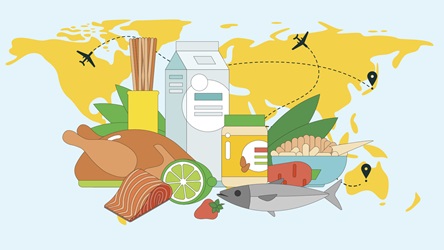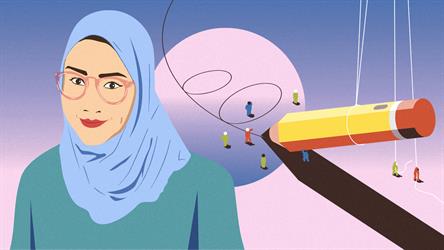An Imagined City: Singapore In 2035

Based on the views of:
Ng Lang, Chief Executive of the Urban Redevelopment Authority (URA)
Benedict Chia, Director (Strategic Issues) of the National Climate Change Secretariat
Cheng Hsing Yao, Managing Director of GuocoLand Singapore, who has held leadership positions at the Centre for Liveable Cities and the URA
1. Producing our own food and energy
No matter how sophisticated we get, we remain highly vulnerable if we cannot address the security of our water, food and energy. What can we do to be more resilient and self-sufficient?
Adopt more food and energy farming technology?
Mr Cheng says: “I think we have almost given up on the idea that we can produce much food ourselves. But if we had done that with water, we would not have made all the investments we had in water technology. We now have an exportable water industry and knowledge hub. As we harvest every single raindrop, can we harvest every opportunity to produce food or energy on our island?” Vertical farming, hydroponics or underground farming could boost our local food supply. Solar cells can go beyond roofs to be integrated with building facades.
Create more spaces for urban farming?
Open spaces such as parks, and also rooftops, could be re-organised as places to grow crops for our consumption, suggests Mr Cheng. To make this commercially and socially successful, technologies and supply distribution networks need to be developed. And could residential areas be planned such that residents have more opportunities to grow food? Mr Chia says: “If each block gets a patch in the common area for planting, it could reduce food demand and build community spirit.”
2. Using space innovatively
As our population continues to grow, we will need new ways to optimise space. And as new ways of working catch on, the spaces where we live, work or play could overlap even further. The urban environment will need to evolve to meet Singaporeans’ desire to better balance their material requirements with their social and aspirational needs, says Mr Ng.

Mixed-use areas become hubs where residents live, learn, work and play?
This is already happening: “The most important change we have made so far is to decentralise our economic activities. Between now and 2030, for every job we create in the city centre, we hope to create more than three in the regional growth centres,” says Mr Ng. These regional centres include Jurong West, Jurong Lake District, Woodlands, Sembawang and Punggol.
Live underground?
Potential pitfalls include spatial inequality — say, if the rich get sky-rise apartments while the rest are left with underground dwellings. The experts suggest keeping underground spaces for utilities, such as generating power, or storing resources (similar to the Jurong Rock Caverns for oil). “If more underground space could be used for infrastructure, this would free up more space above ground for civic and community purposes,” says Mr Chia.
3. Adapting to climate change
The effects of climate change — flooding, heatwave and other extreme weather — could become even more pronounced. With Singapore’s pledge to cut at least 36% of our greenhouse gases emissions by 2030 (for the UN Framework Convention on Climate Change), a shift towards cleaner energy sources and lifestyles is needed.
Novel ways to manage spikes in rainfall?
Leisure spaces such as playgrounds could double up as water storage areas in periods of sudden heavy rain to prevent surrounding areas from flooding.
Adopt solar energy?
With advancements in technology, solar panels could one day become solar “paint” that is thinner than paper. With reduced costs, could the sides of buildings, car roofs, or even our clothes tap solar energy?
Generate energy from food waste?
“Using enzymes to break down food waste and generate energy, and moving away from burning our waste, could reduce carbon emissions. This could also free up the limited space in our landfills,” says Mr Chia.
Work more closely with our ASEAN neighbours for energy sources?
With a shared energy grid that makes it easier for different countries to buy and sell energy, we could tap renewable energy such as solar, hydro, geothermal and wind energy sources that are more abundant in our neighbouring countries.
.jpg)
4. Transforming transport
Changing work arrangements (such as more people working from home) and continued space constraints require more efficient ways to get around.
Self-driving pods for commutes?
Using smart sensors to connect with other vehicles and infrastructure such as traffic lights, these pods could navigate efficiently through the streets. If early studies of self-driving vehicles are anything to go by, we can look forward to more energy-efficient vehicles that also reduce congestion and the need for parking spaces.
Read the other stories on future trends:
- POSTED ON
May 11, 2016
- TEXT BY
Tay Qiao Wei
-
Deep Dive
Strengthening Singapore’s Food Security
-
Humour
Hard At Work In The Future









